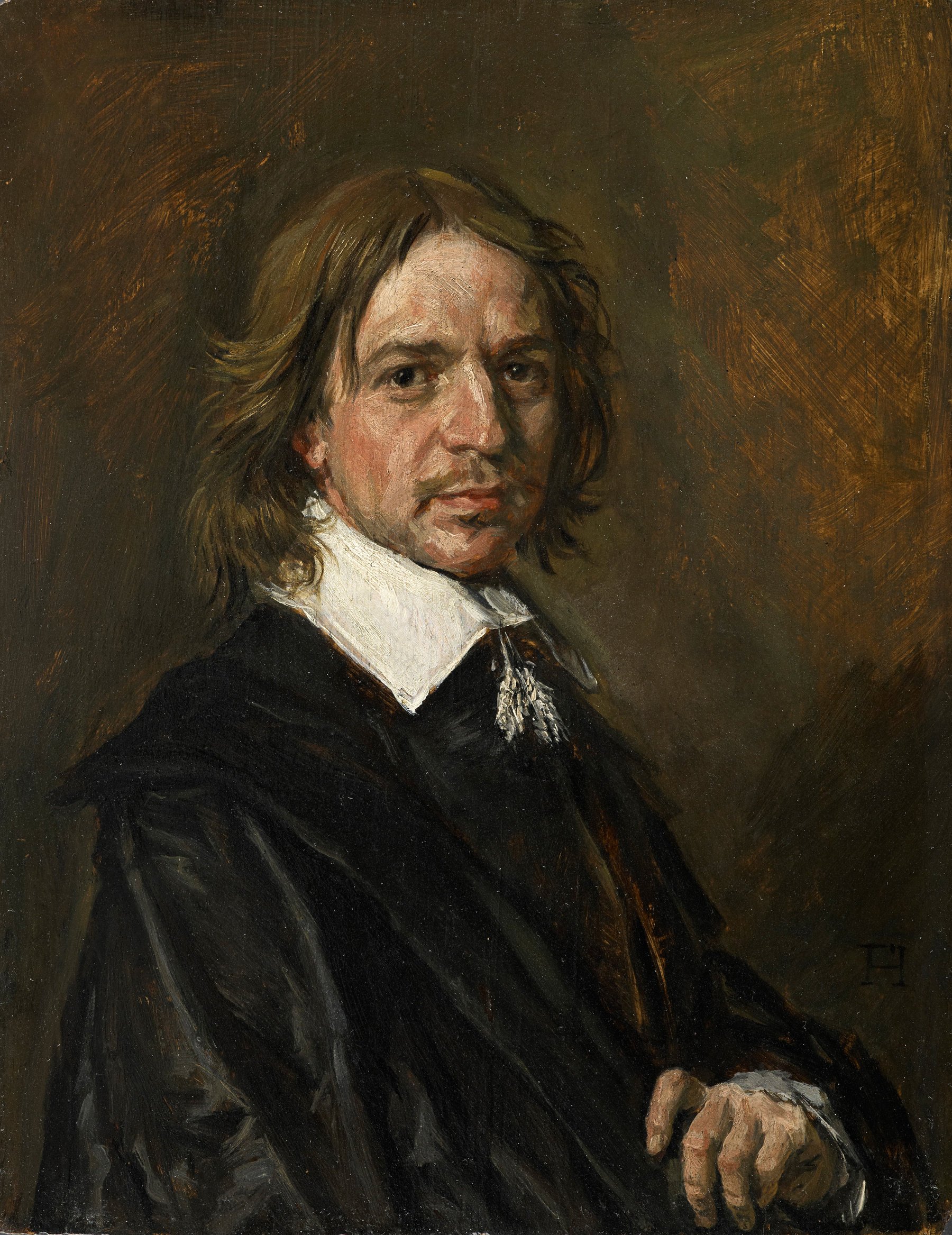
The investment company Fairlight Art Ventures is appealing a December court ruling ordering that it reimburse Sotheby’s $6 million after the auction house sold on its behalf a Frans Hals painting now believed to be a forgery.
The once-purported Old Master canvas is one of a number of works purchased from French art dealer and collector Giuliano Ruffini that were exposed as likely fakes in 2016. The alleged forgery ring is linked to sales of as much as €200 million ($255 million) in suspect works.
Fairlight Art Ventures, owned by US hedge fund manager and art collector David Kowitz, teamed up with London art dealer Mark Weiss to buy what they believed was an authentic Hals from Ruffini in 2010. They then sold the work at Sotheby’s for $11.75 million to American collector Richard Hedreen in a 2011 private sale.
In last week’s appeal, Fairlight’s lawyer, James Collins, argued that there was no contractual relationship between Fairlight and Sotheby’s, according to the Art Newspaper. The auction house acted merely as a “sub-agent” for Mark Weiss, he said in court. (Collins declined to comment on pending litigation.) During the hearing, a lawyer for Sotheby’s countered that Fairlight gave Weiss full authority “to enter the contract,” and the three were “partners in the project.”
When the alarm was sounded about works linked to Ruffini five years after the sale, when police seized a painting by Lucas Cranach the Elder from a French exhibition, forgery expert James Martin of Orion Analytical, a scientific analysis firm later acquired by Sotheby’s, conducted testing on the Hals. He determined it was “undoubtedly a forgery.” That prompted the auction house to issue Hedreen a refund.
But Weiss and Fairlight initially maintained their belief in the painting’s authenticity and refused to reimburse Sotheby’s for their proceeds from the sale. The auction house sued. Weiss agreed to pay Sotheby’s $4.2 million as part of a settlement.
In December, London’s High Court ruled in favor of Sotheby’s, ordering Fairlight to return the funds from the painting’s sale. A new decision is expected early next year.
Sotheby’s did not respond to inquiries from Artnet News, but told the Antiques Trade Gazette in June that “we are confident the Court of Appeal will uphold the First Instance Judgement which was entirely in Sotheby’s favor.”
The court’s initial ruling did not weigh in on the issue of the painting’s authenticity. At one point, the French government had issued an export ban on the work in an effort to acquire it for the Louvre in Paris. That deal fell through due to a lack of funds. Subsequently, Christie’s passed on brokering the painting’s sale due to a lack of satisfactory provenance and attribution for the work.
Criminal prosecution over the suspected forgeries hit a major roadblock in March when appeals courts in Italy rejected arrest warrants issued by Paris judge Aude Buresi for both Ruffini and Lino Frongia, the Italian painter suspected of having forged the works.